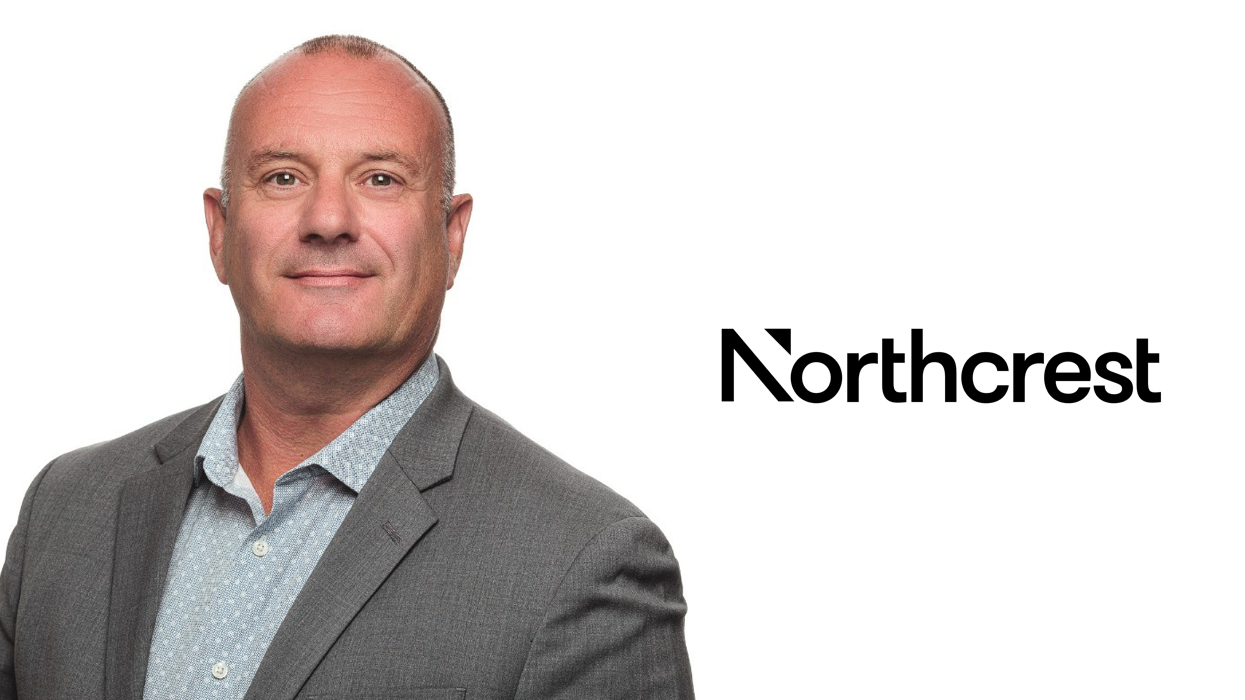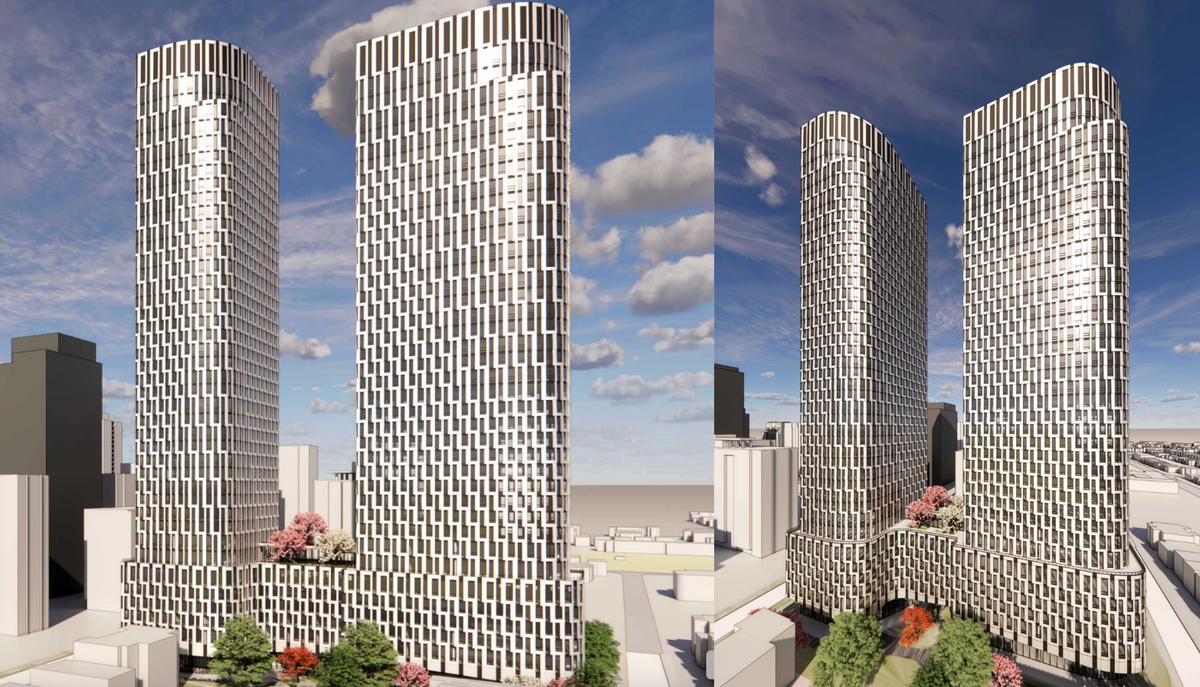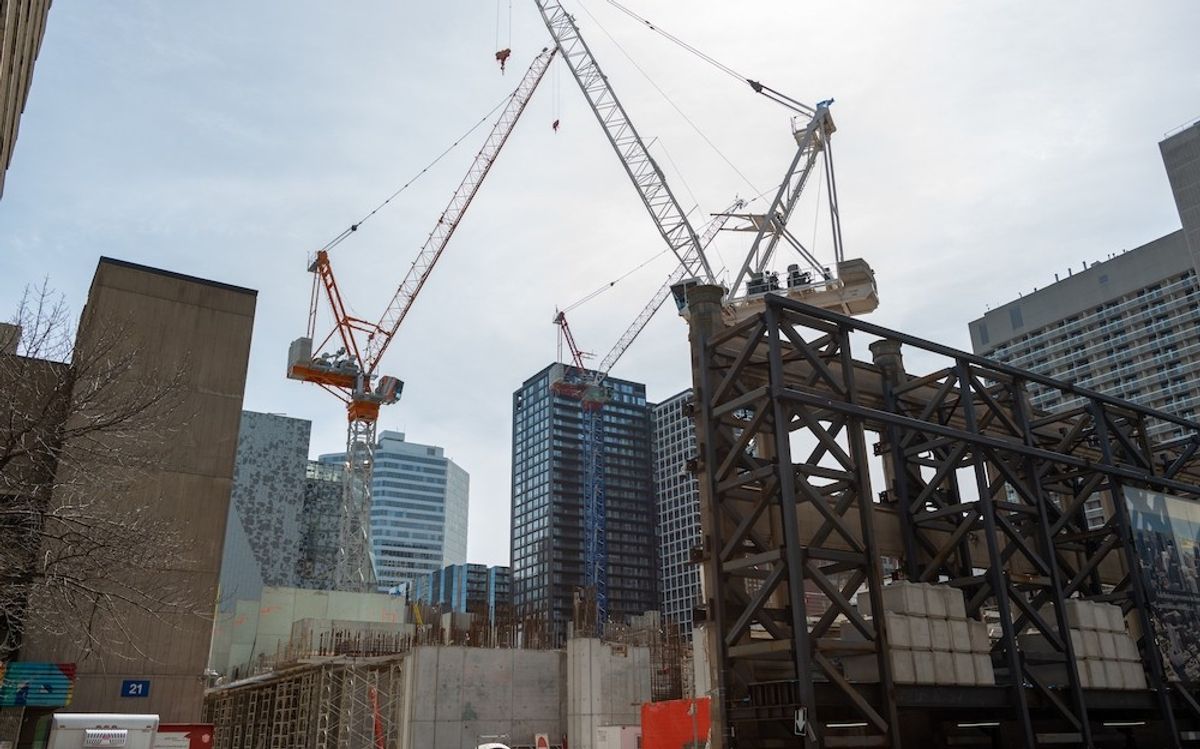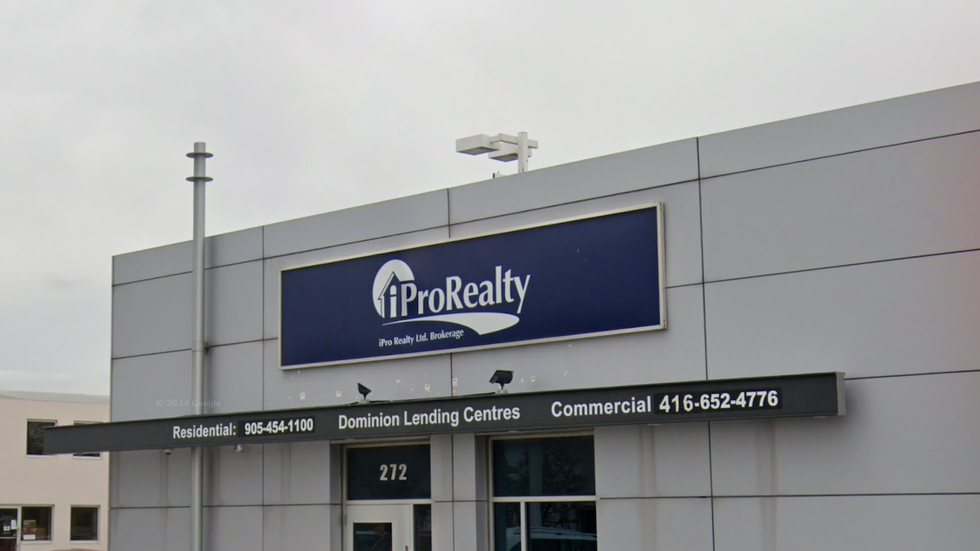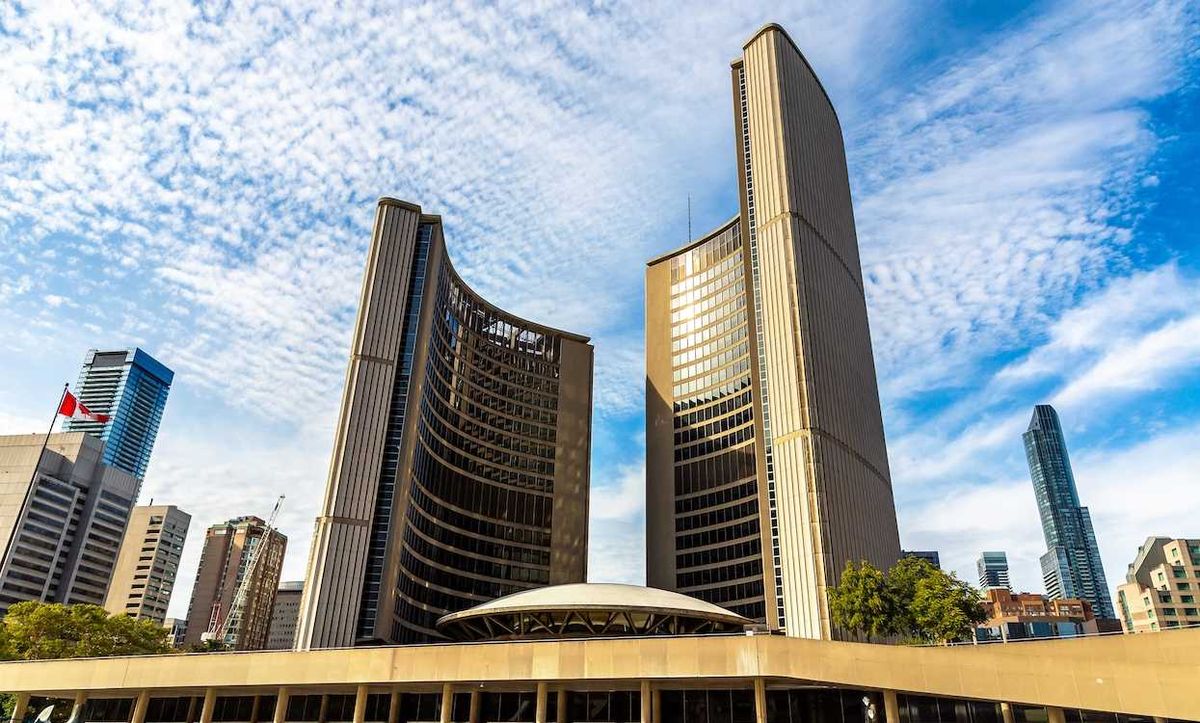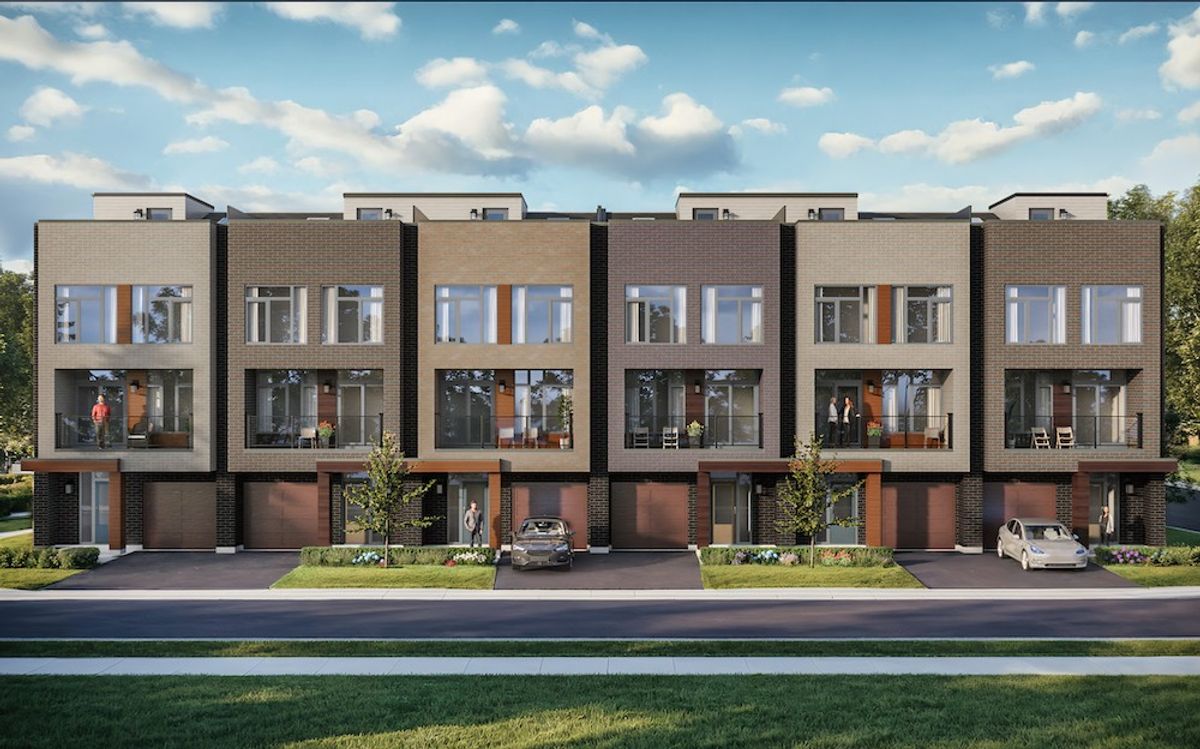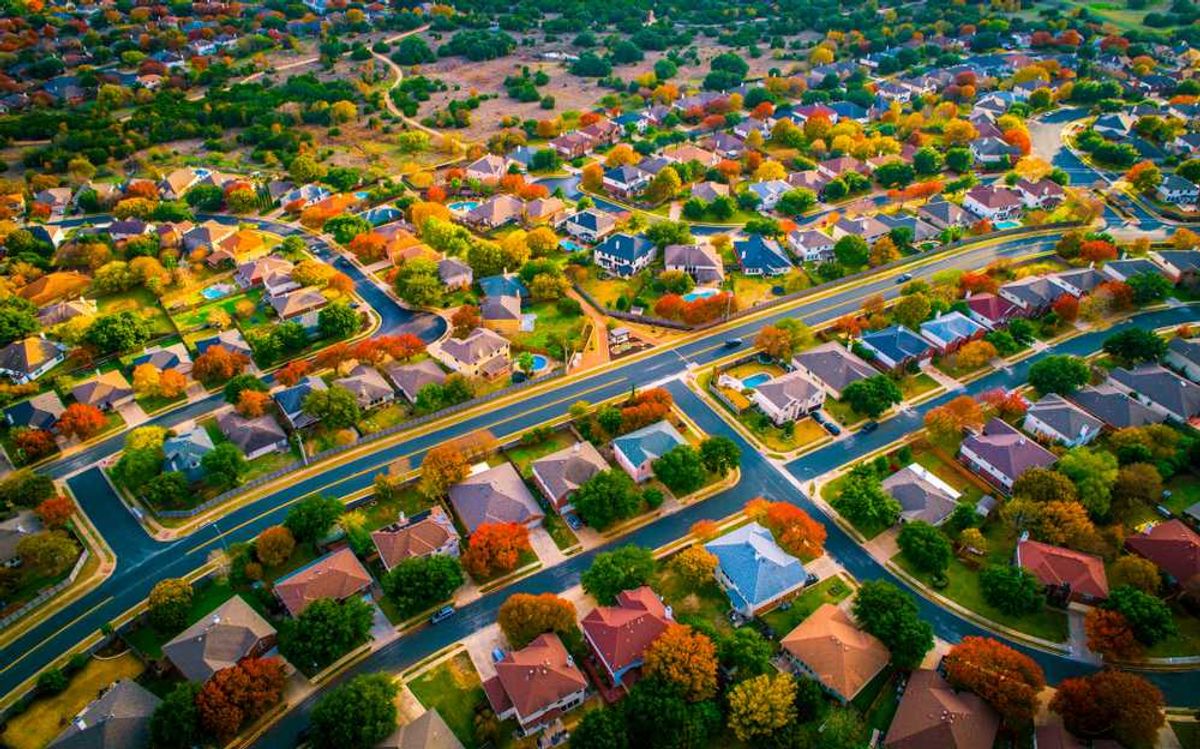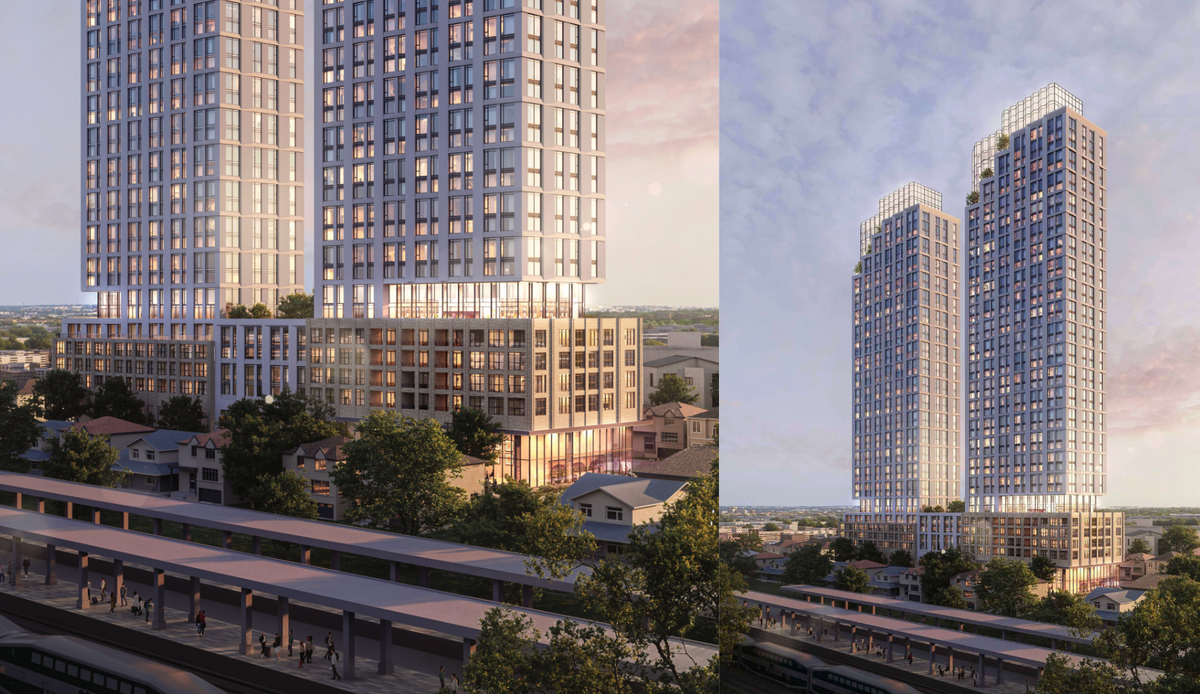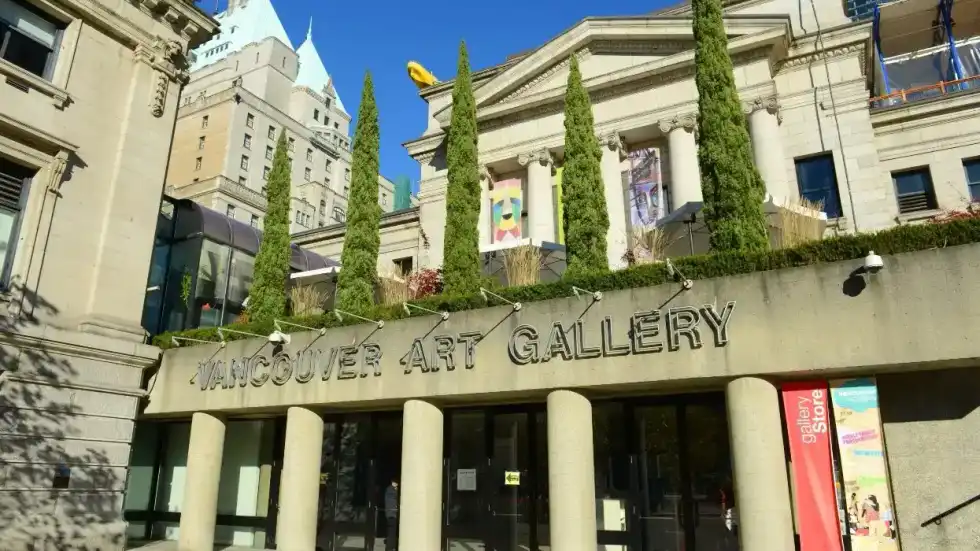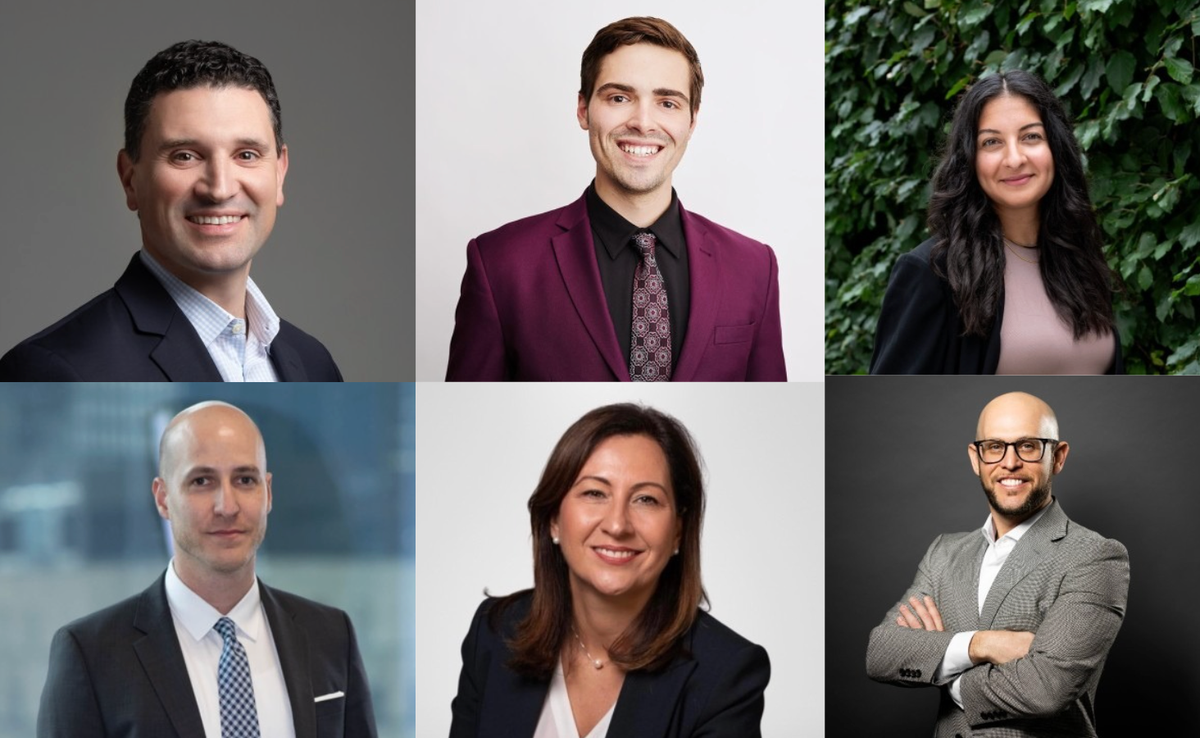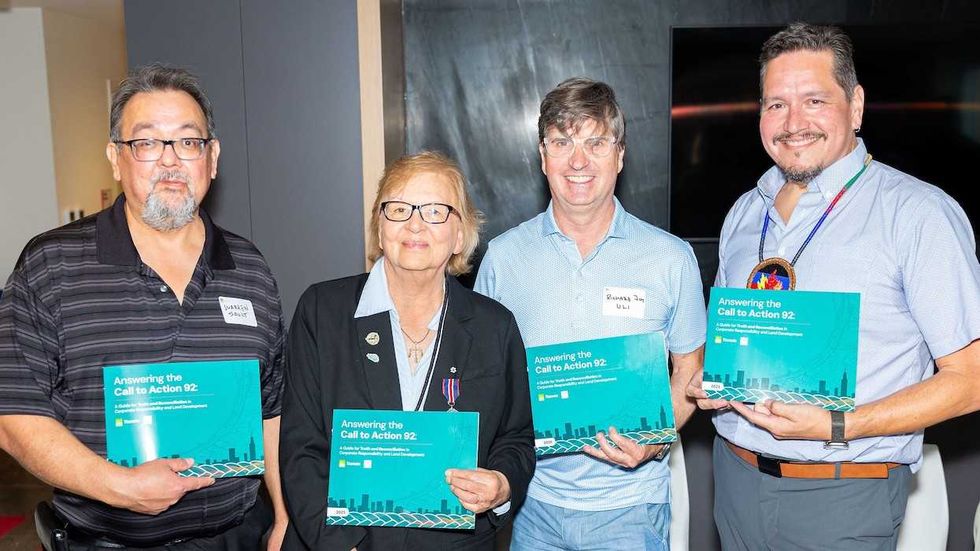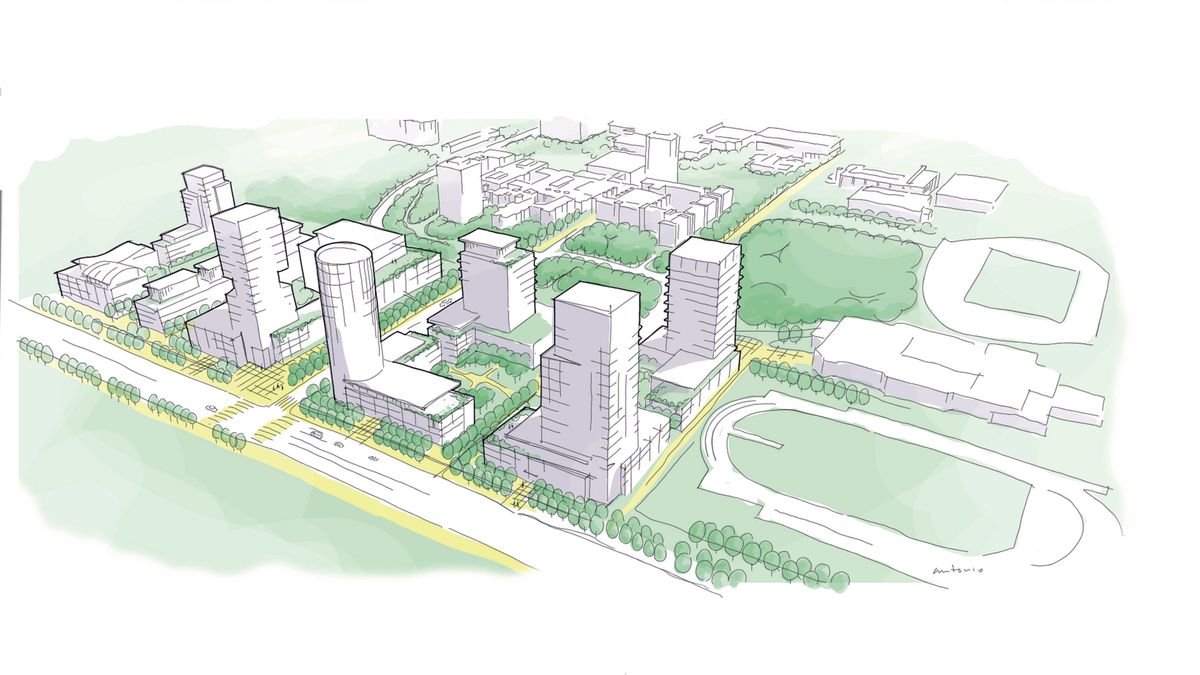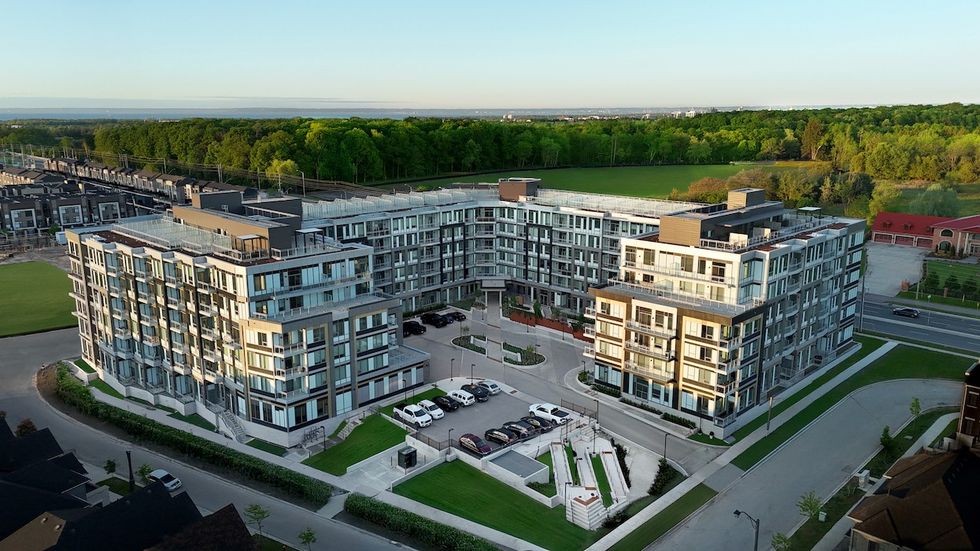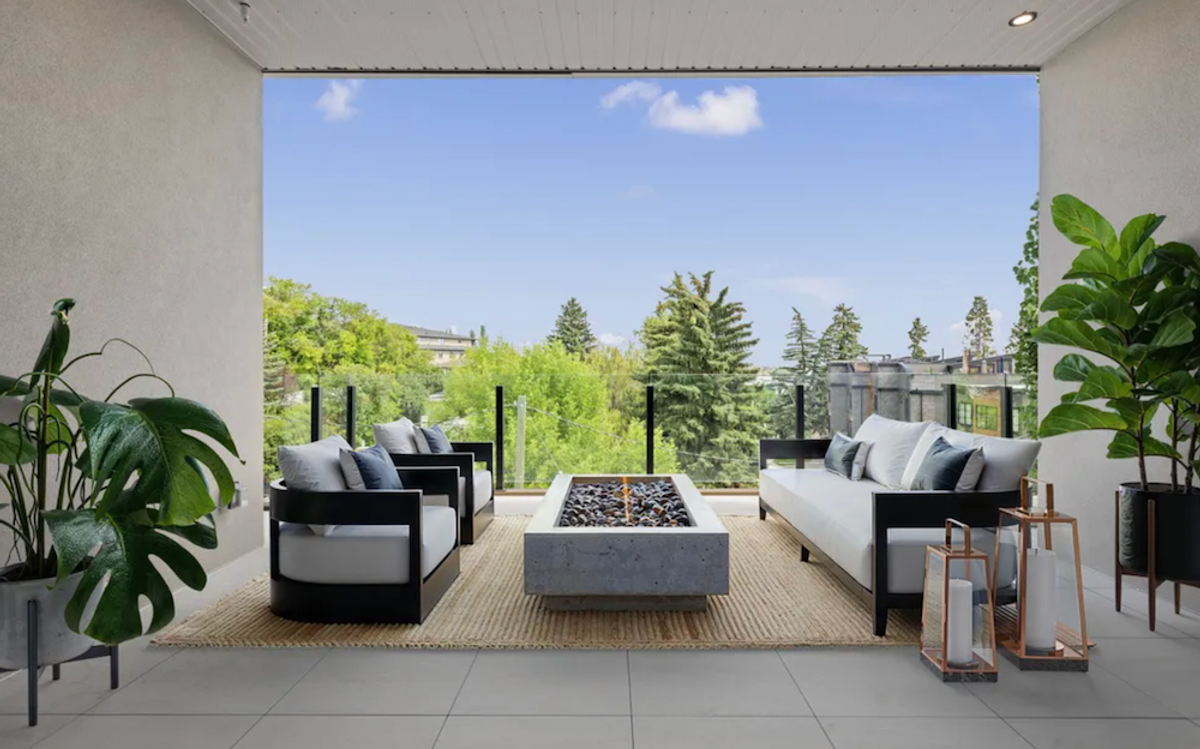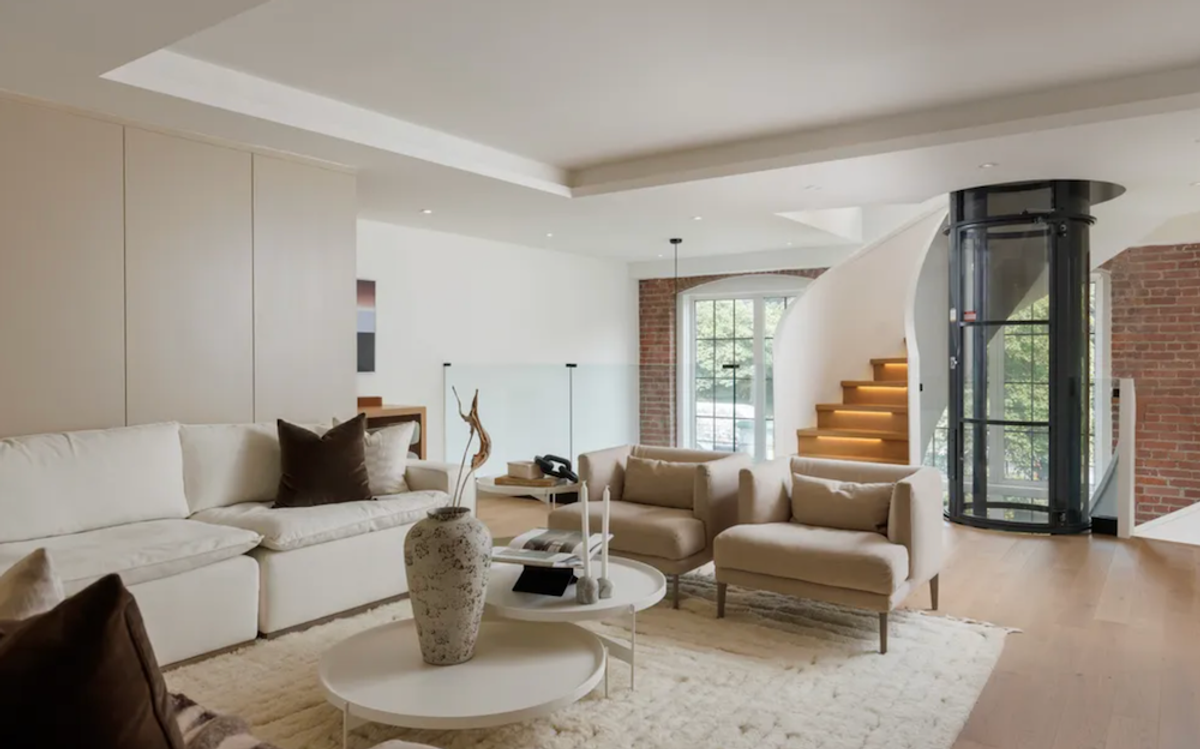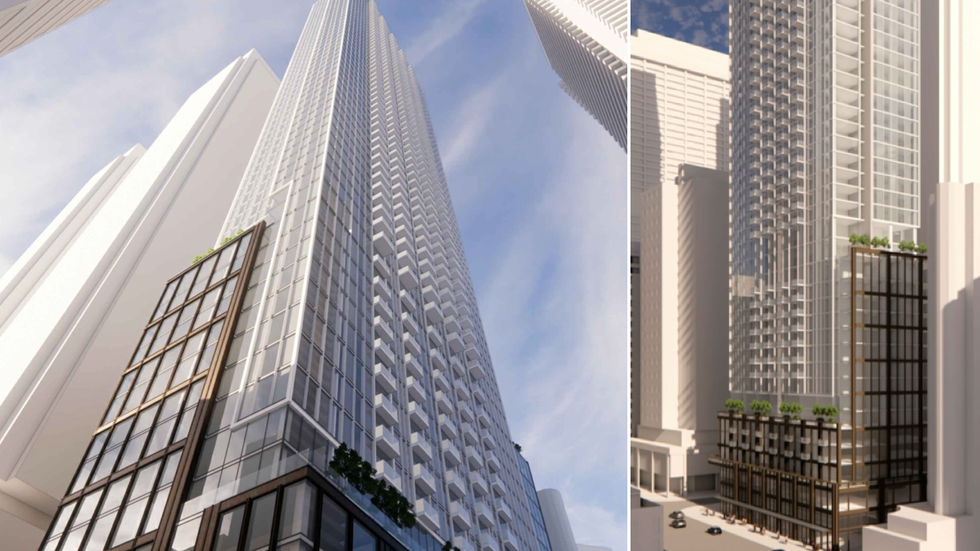As the redevelopment of the defunct Downsview Airport moves through the planning stages and toward construction, Beau Brooker is getting his bearings, having been brought on as Northcrest Developments’ first-ever vice president of construction this past July.
Otherwise known as YZD, the project is unequivocally ambitious, set to transform the 370-acre former Bombardier site into seven interconnected neighbourhoods with tens of thousands new homes, commercial and cultural spaces, and sprawling parks, with a two-kilometre runway reimagined into a public street running through it all. It's the master plan of all master plans that will be realized over the next 30 years.
Suffice to say, there’s a lot riding on Brooker, but he seems more excited than intimidated, calling this a “legacy project” that he’s looking forward to putting his stamp on.
Prior to joining Northcrest, Brooker was director of construction at Langara Construction Limited in Mississauga, and preceding that, held project director roles with EllisDon and Katz Real Estate Group in Edmonton. He describes his time at Katz, where he oversaw the iconic ICE District, as career defining, and comparable to what he’ll be doing with Northcrest.
Construction at YZD is set to kick off next year, so we checked in with Brooker before he’s fully immersed in what is one of North America’s biggest projects to talk about his leadership style, the milestones ahead, what success will look like for him, and more.
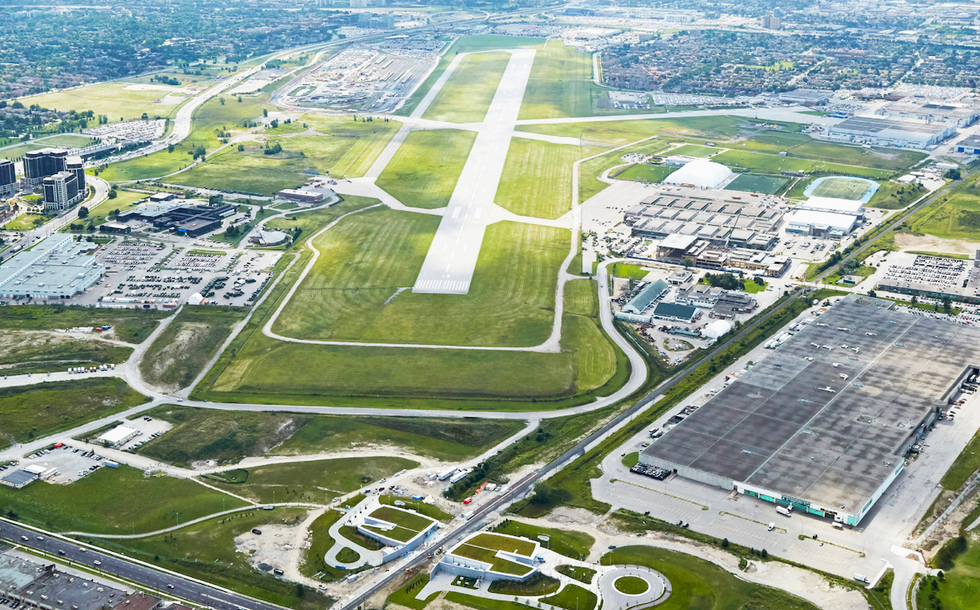
STOREYS: What drew you to this role?
Beau Brooker: The simple answer is, who wouldn't be? Realistically, there are not many opportunities to work on something this big throughout the world, let alone in Toronto. I'm very fortunate that I've done something similar before in Edmonton that was a kind of legacy project, and I really didn't think the opportunity would come along again, but it has. So that's a huge draw for me — the ability to build a city within a city and leave a legacy behind for generations to see is huge. Secondly, when I was in the interview process, and I started meeting more and more people from Northcrest, I realized what a really strong team we have here, and that solidified the desire to come and work with this team on this truly amazing project.
And what characterizes a “strong team” to you?
A lot of people come to work and it's a job, but people here really, really care — like everyone from top to bottom — and they firmly believe [in] what we're doing and how we're going about it, and it really is a pleasure to be in that environment.
Talk us through the parameters of your role as VP of construction?
Ultimately, my role is to help transform the vision that's on paper into reality. And it's a hugely complex task because working in this role for a developer, typically, you're just looking at one site; so one small footprint. Here, we have to make the right decisions now that could affect things in 20, 30 years’ time. So there's a lot of forward-thinking, as well as what's directly in front of you.
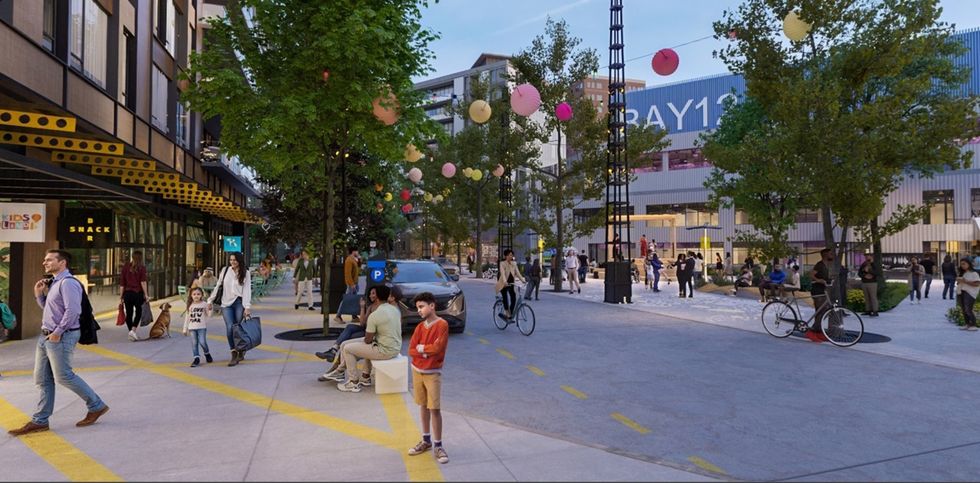
When it comes to assembling a team, how much external hiring will you be doing versus pulling from within Northcrest?
The simple answer to that is it'll be the right people for the job. I think it'll be a mix of internal and external people for the roles we'll be creating in the future. Ultimately, we're not self-performing any work, so it's not going to be a huge team, but I do need some help because it's a massive project. But there'll obviously be some project management people, people with cost awareness, maybe some senior estimator type. It's a huge project with huge costs, so we need to control them as best we can.
Talk to us a little bit about your leadership style with a project like this – one that's long-term and high visibility.
I always like to bring a little bit of fun [to] what we do. We all work very, very hard, and we all have huge challenges. So I try to understand and appreciate everyone's challenges. It’s very much, listening to everyone's opinion, taking it on board, and really trying to keep the calm. It's a huge project, so we can’t panic over what's very important to one person but in the grand scheme of things may not be so. Having that calming influence is huge here.
What does hiring successful contractors and subcontractors in a project of this scale mean to you?
There are many factors that we consider, and we go through an extensive qualification process. We also look at the key personnel they're proposing, we look at how they're going to deal with the local communities, because that's key to us. We have neighbours here that are going to be our neighbours forever, and it's a huge change for all those people in the area.
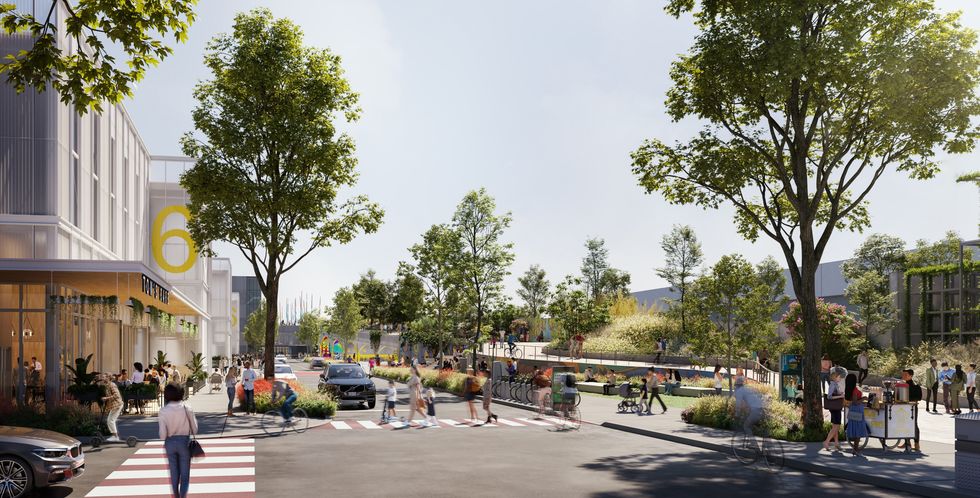
Taking into consideration that it is very early days for you, do you have any thoughts on what milestones will look like?
We have one in front of us right now. We're going to be starting the underground infrastructure for the very first district, which is the Hangar District. So, that's about a three-year project to basically create a subdivision. We'll be running all the below grade sewage, storm water, gas, and hydro to enable us to both redevelop the hangers that are there, that are staying, and also for us to build new buildings on the site. This is an airport, they have their infrastructure, but it doesn't suit ours, so we're basically creating streets and the main infrastructure to support that. So that's a huge positive move and it enables us to really think about the not-too-distant future and start building some vertical buildings here.
You mentioned earlier that there's a project in particular that was similar to what you're going to be doing with YZD. Can you tell us a little more about that?
I had exactly the same role on the Edmonton ICE District, which was a $2.5-billion master-plan community that included the new Edmonton Oilers arena, a luxury hotel, over 1,000 residential units, high-rise commercial, office tower, retail — all surrounding an entertainment plaza that people would see on television watching the Oilers during the playoffs. I oversaw the construction for the ownership group on that project as well. So, although not the same size physically, it was very similar to one of our districts.
Is there anything you’ve taken away from your time working on ICE District that could apply to YZD?
When you're working with master-plan communities and larger footprints, it's thinking ahead and not what's just in front of you. Again, it comes back to if you typically just build on one block, it's very simple, because you build, you sell, you move on. When you're doing a master-plan community, you need to make the right decisions now, and you've also got to think a lot more about the local community, because you're not going anywhere. I got a lot of experience on the ICE District project with that kind of thought process.

It's no secret that it’s a complex time to be building right now — let alone starting a massive, decades-long project like YZD. How are you planning to schedule flexibility and cost control given the sluggishness in the housing market, tariffs, exorbitant construction costs, etc.?
I think first and foremost, Northcrest is very positive about the future. Just hiring my position is a kind of statement, realistically, because we're making a commitment to start the construction. So just the fact that we’re starting this three-year huge investment infrastructure project to support our first phase is a clear sign of our [feeling of] positivity in the market. Obviously there’s a lot that’s beyond our control, but this is a 30-year project in its entirety, so we have the flexibility to pivot when required in the future. So nothing's kind of cast in stone right now. We have plans, we have vision, but we can adapt as, and when, required.
Bigger picture, how will you define success for yourself and the project?
This is a legacy project, so success for me is seeing people enjoying the spaces we create. I was very fortunate in Edmonton that it's very easy to see that project on television when the Oilers are playing, for example. And so, seeing the final product, and ensuring that the local communities embrace it and are welcoming to what we're trying to achieve here.
What else can you tell us about your role or YZD in general?
We're looking at creating over 7,000 new jobs in the Hangar District. Not construction related specifically, but the redevelopment of the hangars themselves are going to provide a lot of work for the local community. The whole YZD development is going to be over 30,000 new homes, which is, I don't know, about 55,000 people. And over the whole project we're talking in excess of 20,000 new jobs [created]. So we're really creating a place where you can live, work, and play, and we're bringing prosperity to the area. It’s something we're very passionate about and I'm looking forward to everything progressing.
Questions and answers have been lightly edited for length and clarity.
